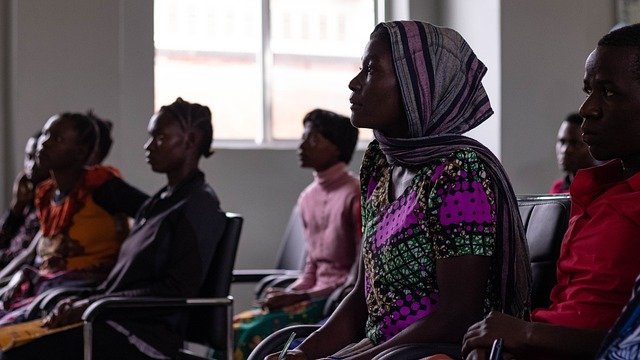Designing inclusive training sessions for wider involvement
Inclusive training sessions expand access and improve long-term participation by addressing barriers such as scheduling, facilities, and outreach. This article outlines practical approaches for coaches, volunteers, and community organizers to design sessions that welcome diverse youth and adult participants while strengthening grassroots engagement.

Creating training sessions that welcome a broad range of participants requires planning that balances structure with flexibility. Start by assessing local needs—consider youth and adult schedules, cultural norms, transport options, and existing community resources. Design sessions with clear objectives but multiple entry points so newcomers can join at different skill levels. Use plain language in communications and include information on what to bring, costs if any, and accessibility features. Early emphasis on a welcoming environment helps increase retention and signals that diversity and inclusion are priorities.
How can participation be increased?
To boost participation, combine targeted outreach with low-barrier entry options. Work with schools, community centers, and local services to share information and invite families. Offer trial sessions or open days and flexible pricing or subsidies when possible. Consider scheduling variations—evening, weekend, or shorter midweek slots—to accommodate different routines. Track which channels generate interest and tailor outreach accordingly. Clear sign-up processes and visible, friendly points of contact reduce friction and make first-time attendees more likely to return.
What coaching approaches help inclusion?
Coaching that supports inclusion emphasizes adaptable instruction, positive feedback, and opportunities for peer learning. Use differentiated drills that allow participants to progress at their level while still contributing to group activities. Incorporate culturally responsive examples and avoid assumptions about prior experience. Training for coaches on unconscious bias and communication boosts confidence in handling diverse groups. Structured yet flexible session plans help coaches pivot when participants need extra support, improving engagement and long-term participation.
How can grassroots programs build community?
Grassroots programs connect participants beyond the training itself, creating a sense of belonging that supports retention. Facilitate small-group activities that encourage social interaction and shared responsibility, such as rotating leadership roles or peer mentoring. Partner with local community organizations to extend outreach and share facilities. Host occasional community events that celebrate progress and welcome families, which reinforces the program’s role in the local ecosystem. Strong local ties make it easier to recruit volunteers and maintain consistent participation.
How to improve accessibility and facilities?
Assess facilities for physical accessibility, safety, and suitability for varied skill levels. Simple adjustments—clear signage, accessible rest areas, and inclusive changing spaces—can make sessions more welcoming. If on-site limitations exist, explore alternative venues in your area such as school gyms, community halls, or outdoor spaces. Provide equipment adaptations when necessary and communicate these options in advance. Address transportation barriers by coordinating carpools, sharing public transport information, or scheduling sessions around local transit availability.
What role do volunteers play in retention?
Volunteers extend capacity and bring diverse skills to training sessions, from sideline assistance to informal mentoring. Recruit volunteers through community networks, local services, and parents, offering clear role descriptions and brief training so they feel prepared. Recognize volunteers’ contributions through regular feedback and flexible scheduling to prevent burnout. When volunteers reflect the participant community, they improve trust and rapport, which in turn supports retention and deeper engagement among attendees.
How to refine recruitment, scheduling, engagement?
Effective recruitment blends targeted messaging with inclusive practices: highlight diversity of participants, outline accommodation options, and be transparent about costs and expectations. Use multiple channels—social media, flyers at community hubs, and partnerships with schools—to reach a wider audience. Offer varied scheduling options and consider short-term programs that lead into longer commitments. Regularly solicit participant feedback to refine session timing, content, and communication, which builds ownership and sustained engagement.
Designing inclusive training sessions benefits participants and organizers by expanding reach and strengthening community ties. Prioritizing accessibility, flexible coaching, volunteer support, and thoughtful recruitment practices helps programs serve a broader population while improving retention and engagement. Ongoing evaluation—using participant feedback and simple attendance metrics—enables continuous improvement without overcomplicating delivery. Inclusive design is an iterative process that centers community needs and creates more resilient grassroots programs.





